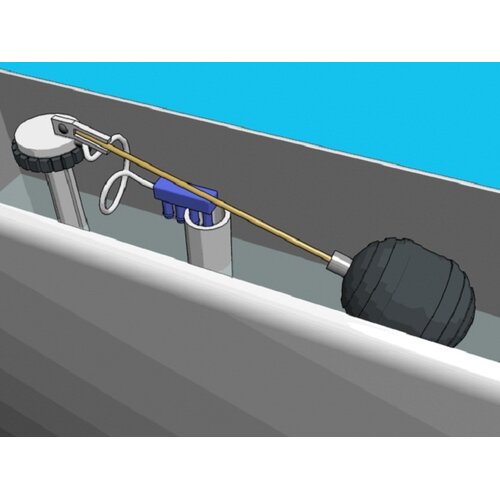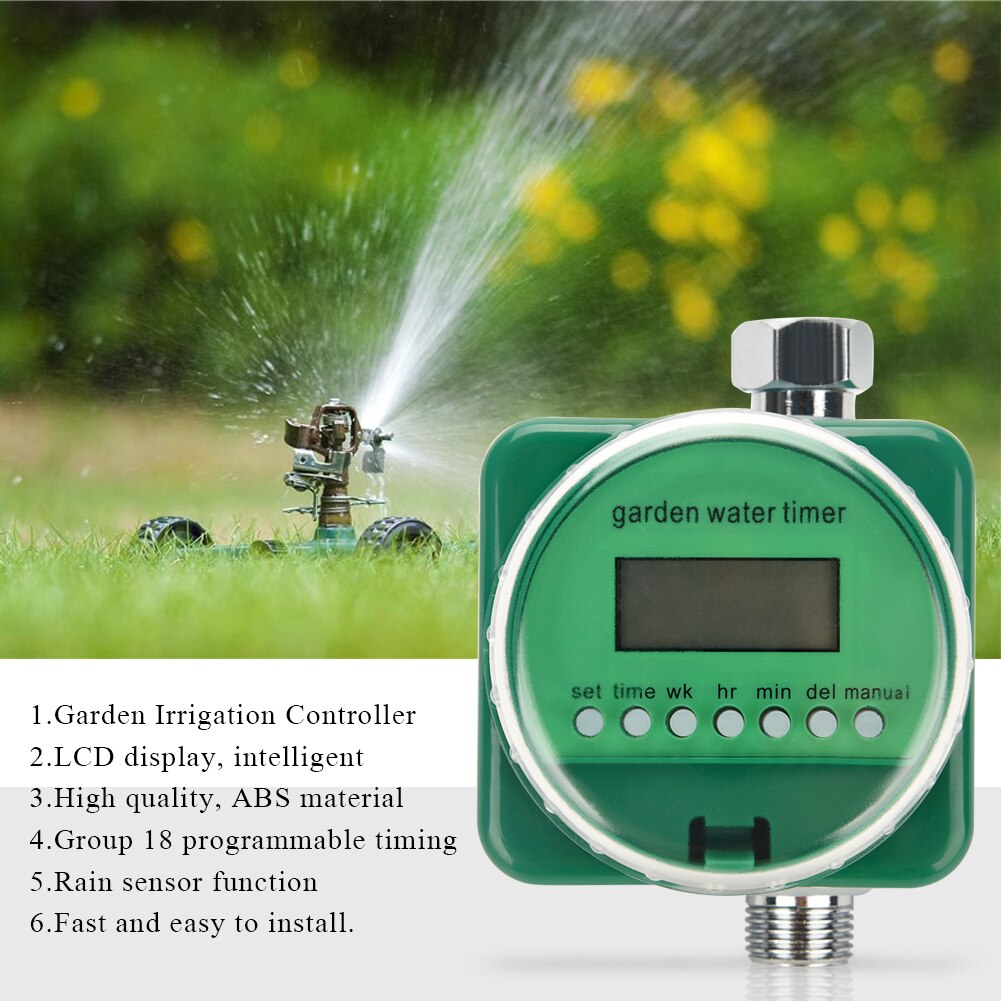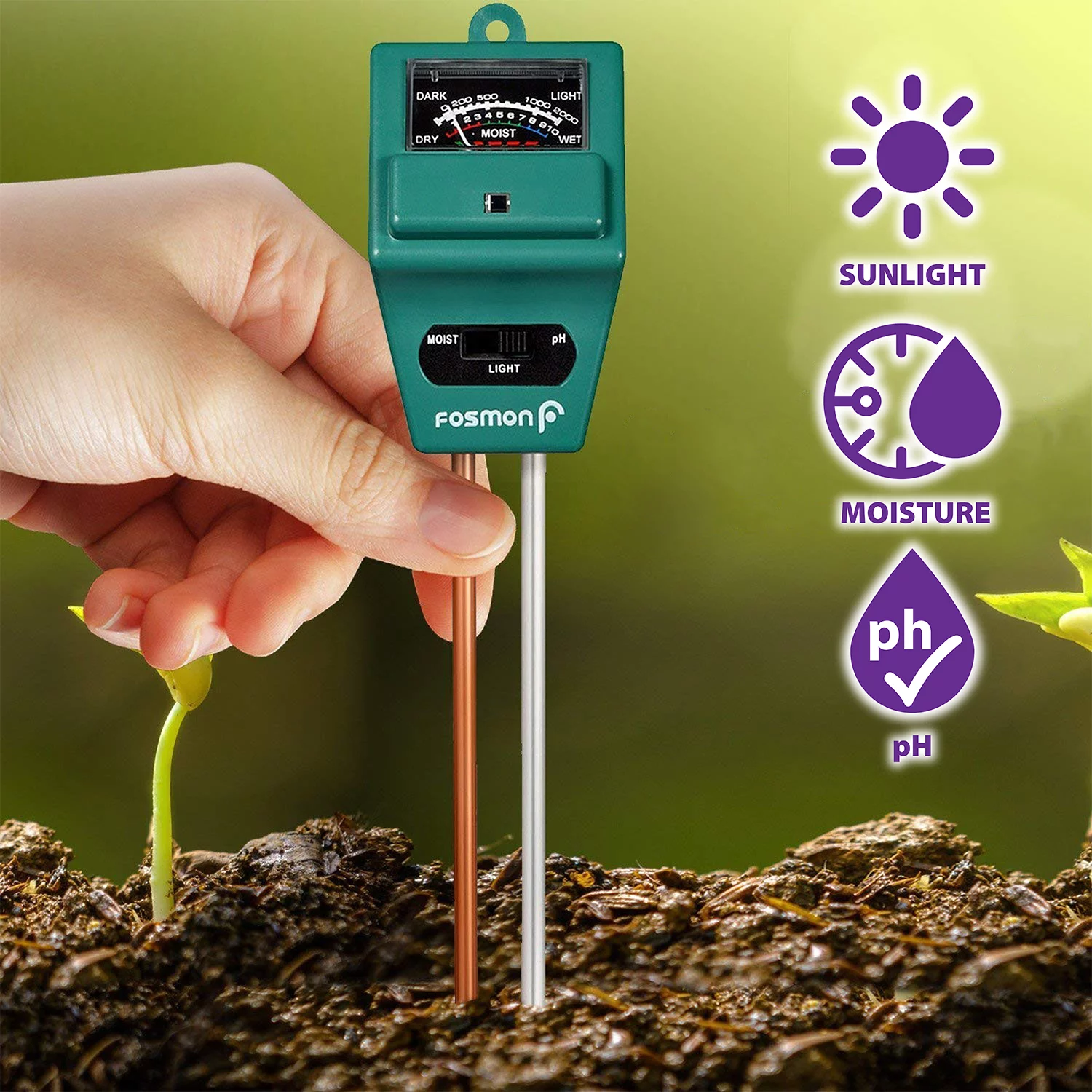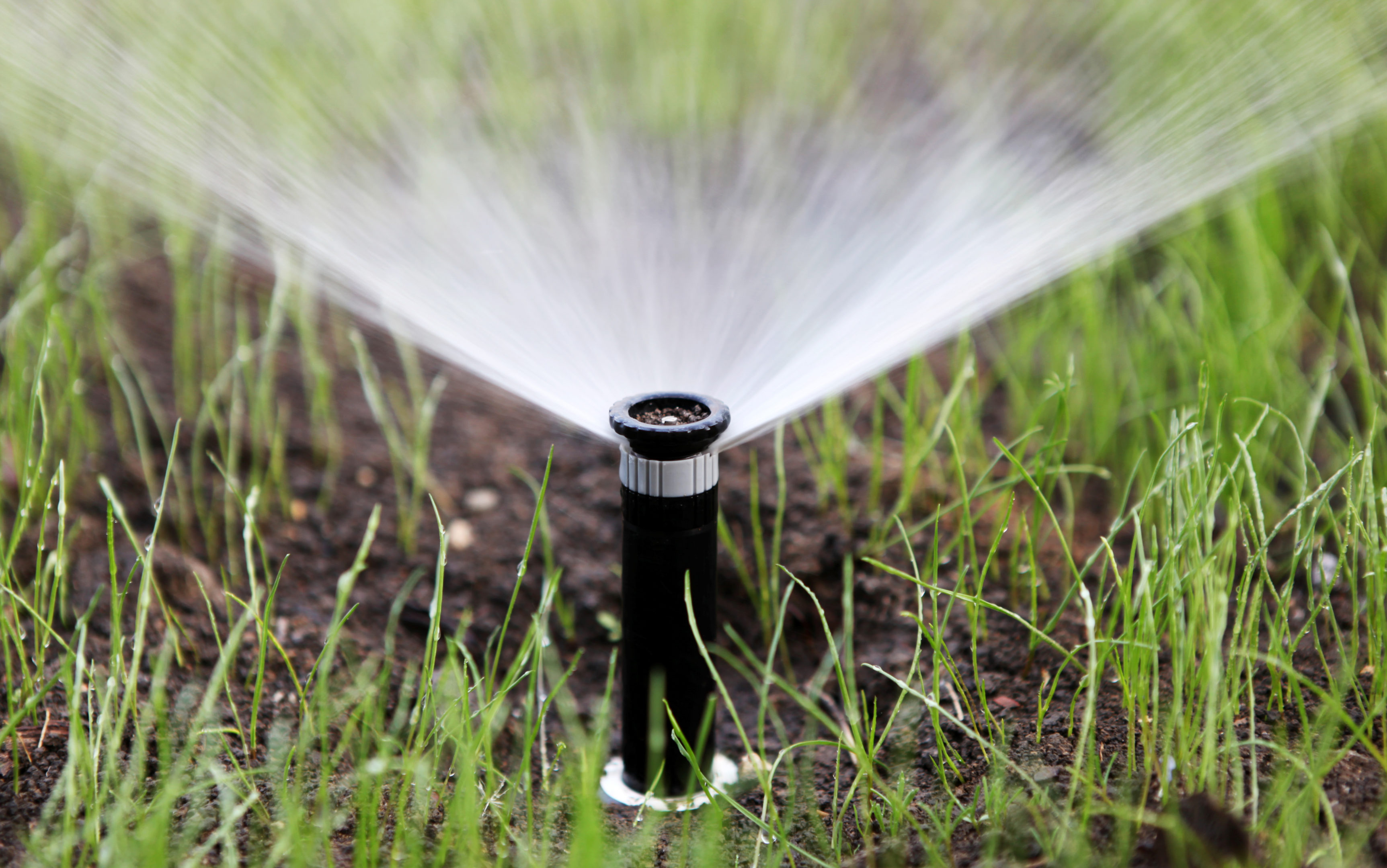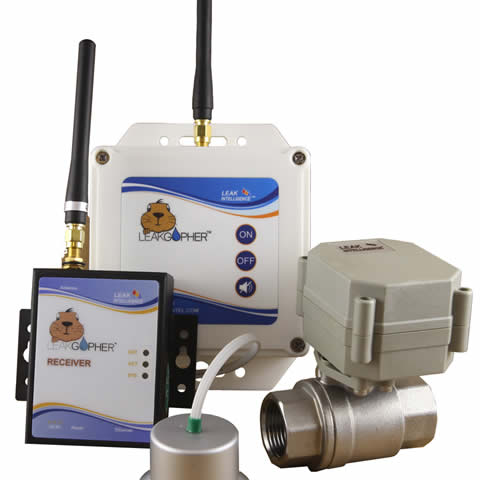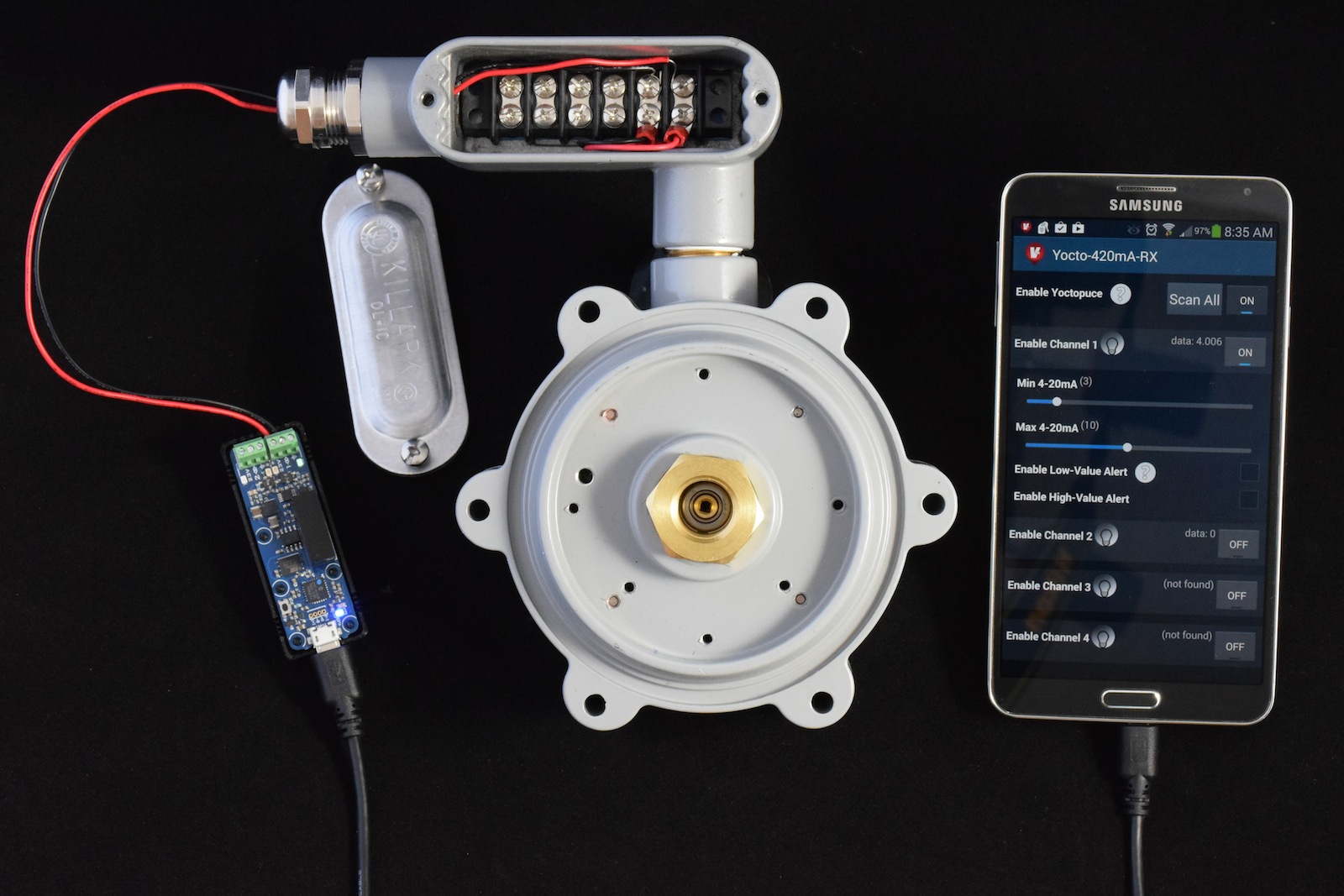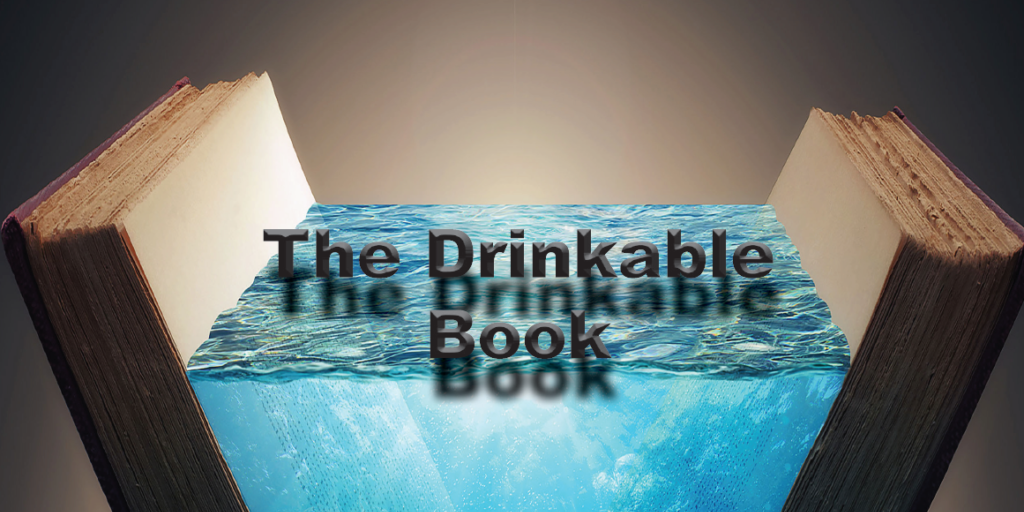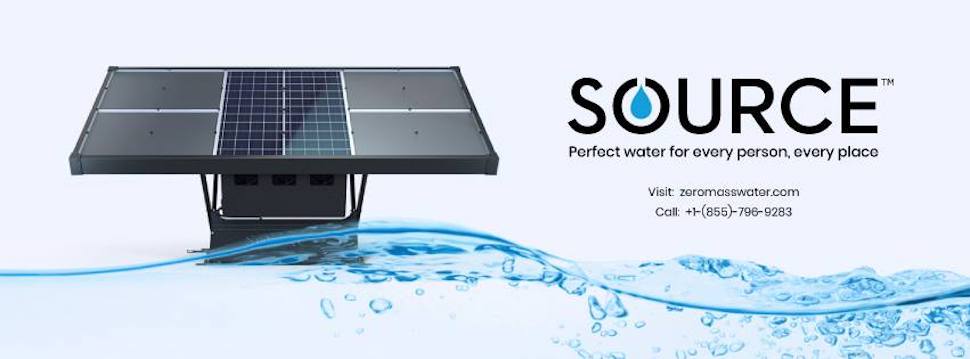WATER CONSERVATION
Water conservation is a broad category that covers simple ways to save water at home to complex, long term measures taken to preserve water on a larger scale.
70% of the earth's surface is covered with water, though it is not entirely useful to humans.
97% of saltwater covering oceans is not drinkable for humans and the remaining 3% is mostly frozen in glaciers.
Water conservation is the practice of an efficient usage of water by reducing unnecessary wastage of the same.
The importance of water conservation becomes even more necessary as there is a limited source of freshwater that is beneficial for all human beings for a Healthy lifestyle. The freshwater available for use is unevenly distributed. Human activities are polluting the water sources threatening the survival of living beings. So, water conservation focuses on the concept of “save water and save a life”.
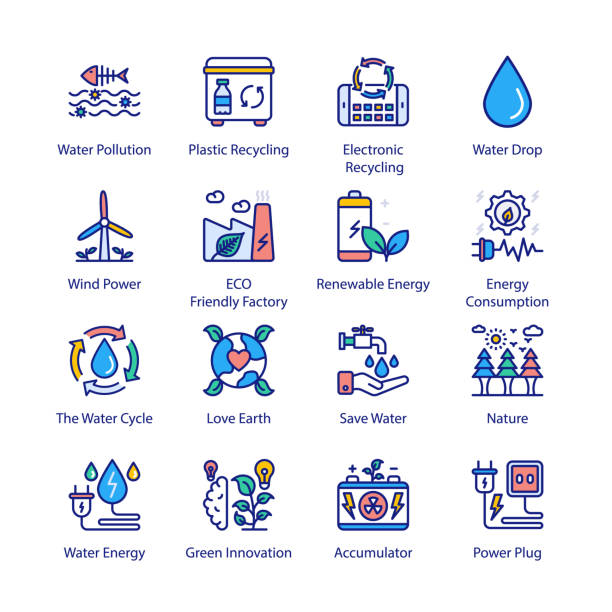 Water conservation is essential and can be
Water conservation is essential and can be
done by everyone.
We can all contribute to saving water.
Very small-scale changes can be made to preserve water. Even the people who aren't facing water shortages should find ways to save water at home.
Several techniques can be implemented for the conservation of water
that has been discussed below:-


